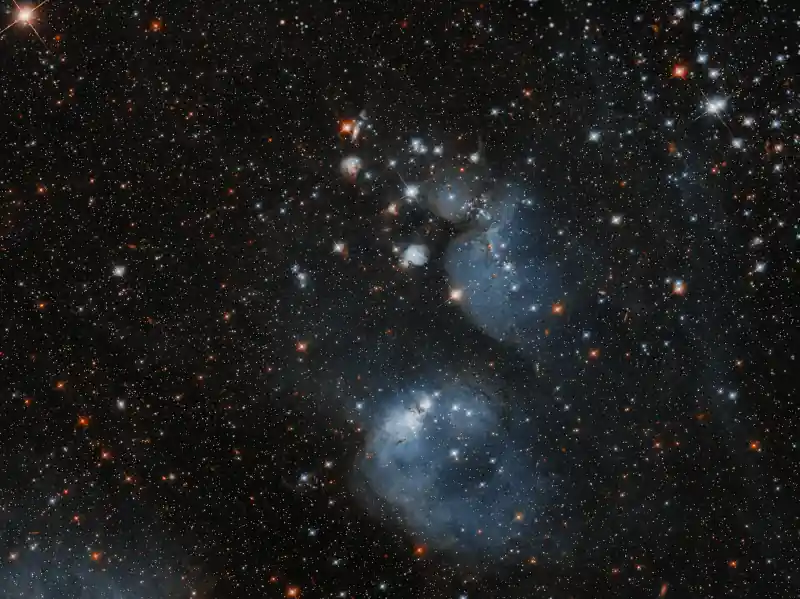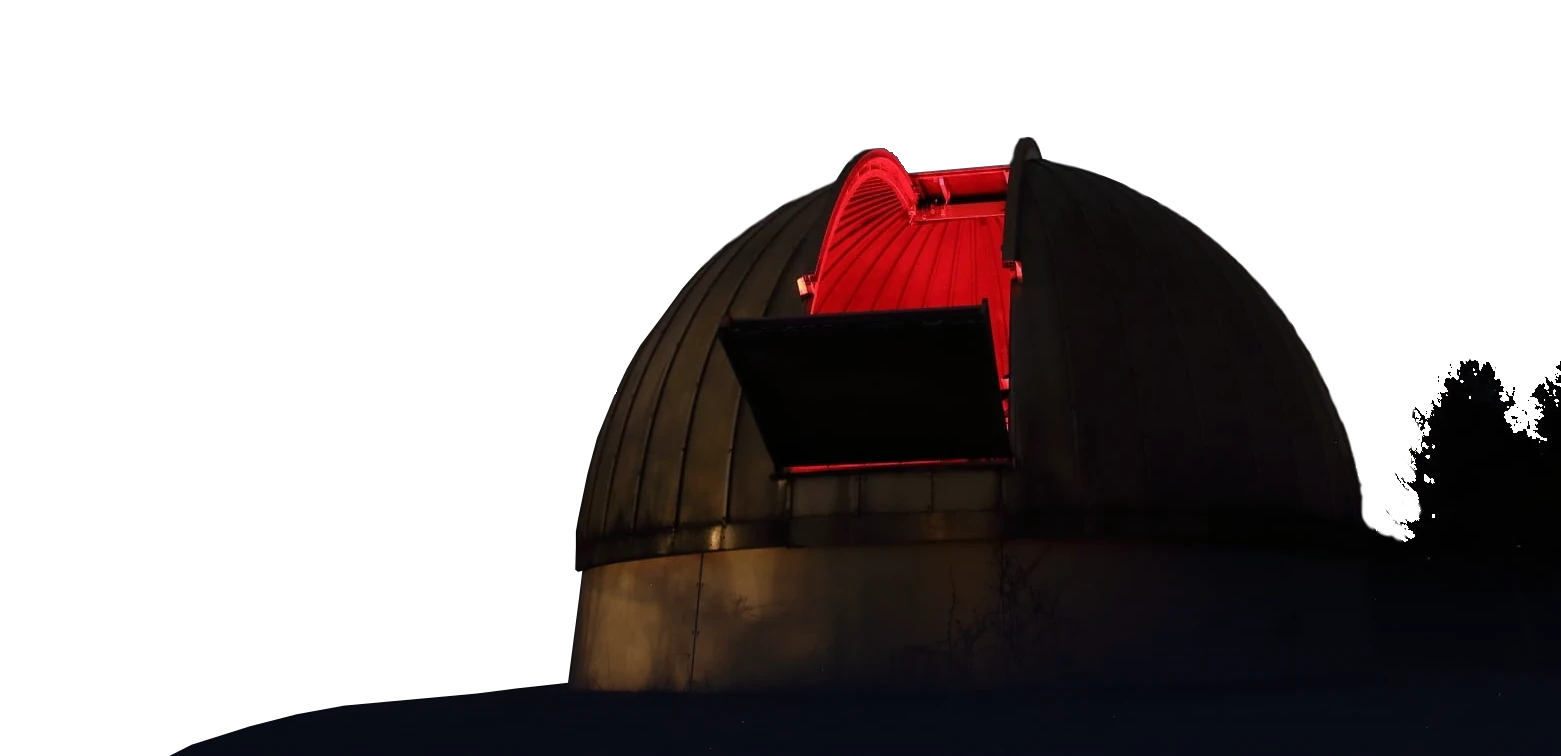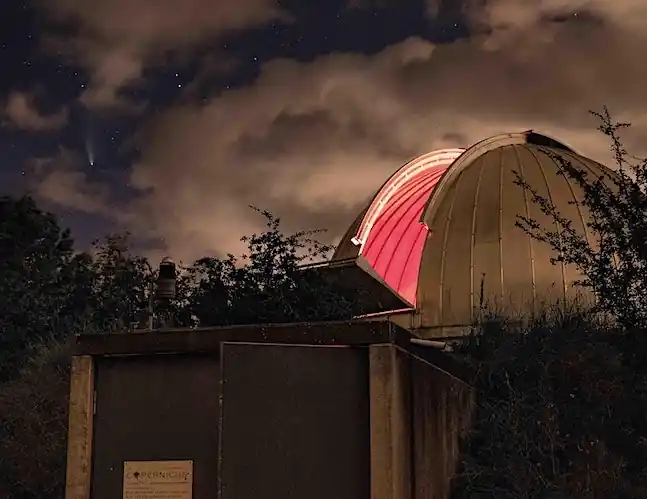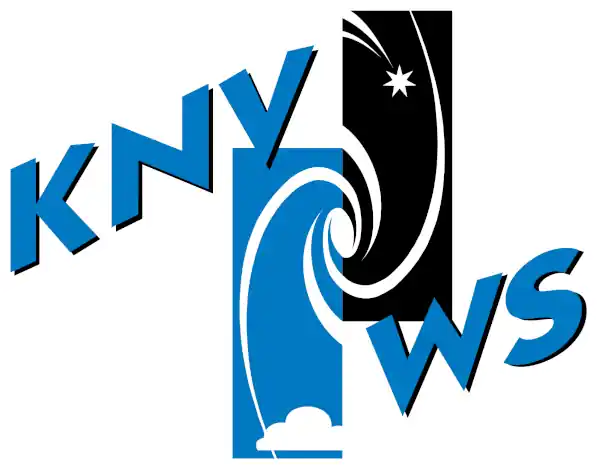About the observatory
In the Kennemerduinen between Haarlem and Zandvoort lies Volkssterrenwacht Copernicus, where we welcome visitors for free since 1974 to experience the universe up close. Through our telescope, you can observe the moon, planets, stars, and the sun during the day.
There's always something to do, for young and old, even when it's cloudy. We offer lectures, a changing exhibition, courses, and an astrophotography working group.
The observatory is entirely run by volunteers and is recognized as a public benefit organization (ANBI non profit).










